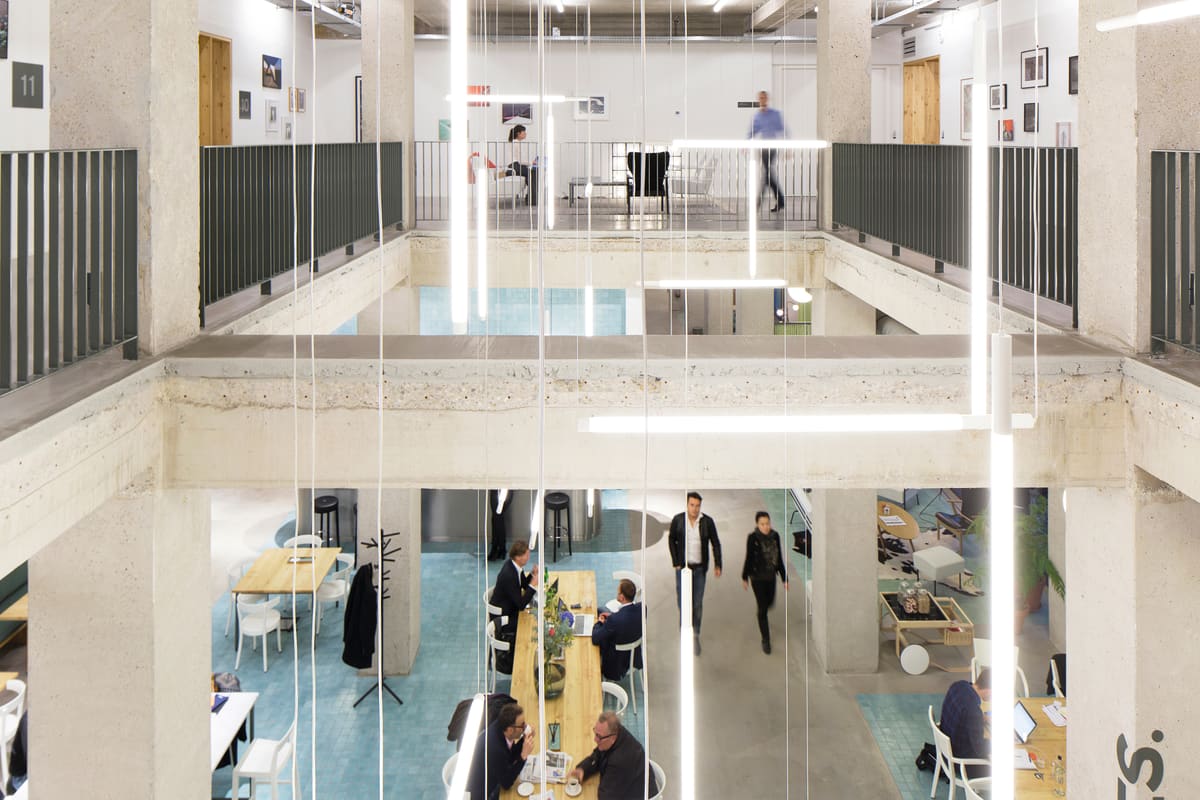As labour shortages loom and birth rates decline, businesses increasingly need to look to age diversity – complimenting the dynamism of younger generations with the seasoned wisdom of older workers. We look at strategies business leaders can adopt to attract and retain more senior talent.
By the end of the decade, Bain & Company estimates that globally, around 150 million jobs will shift to workers aged 55 and older. As the Harvard Business Review points out, dwindling birth rates in a number of countries — including China, Canada, and Italy — are reducing the influx of new talent. As a result, "companies are increasingly finding themselves asking older employees to stay on longer."
Considering the current widespread labour shortages, prioritising age diversity, which includes attracting and retaining older workers, is not just a necessity but a strategic advantage for business leaders. So, how can businesses thrive with an age-diverse workforce?
The advantages of an ‘age-diverse’ workforce
An age-diverse workforce, harnessing the experience of older employees and the fresh insight of younger generations, offers businesses a rich tapestry of perspectives. Older workers have much to bring to the table, not least seasoned judgement and a different, more mature perspective than their younger colleagues.
Older workers often make loyal, stable employees, many of whom have honed their leadership skills over decades in the workplace. They’ve developed strong decision-making skills through this experience, too, and often have a great network of contacts.
They also make great mentors for junior colleagues and often know the industry they’re in like the back of their hand, having watched it evolve over the course of their careers. This longevity complements the relative inexperience yet resilient self-confidence and determination of tech-savvy, socially conscious and resourceful younger workers such as Gen Z.
Empowering an age-diverse workforce
The potential of an age-diverse workforce can only be realised if businesses empower all age brackets. This includes, importantly, addressing the unique needs and strengths of older workers:
- Understand their needs. The Bain report we mentioned earlier advises businesses to “retain and recruit older workers by understanding what motivates them at work”. This is likely to be different from what drives younger workers, who the report notes are most interested in a generous salary. After the age of 60, while salary is still the second most important factor, “Interesting work becomes the No. 1 job attribute, and both autonomy and flexibility significantly increase in importance.” We’ll come back to flexibility shortly.
- Reskill. Planning for the decade ahead? Ensure your seasoned employees are part of the journey. While some businesses might hesitate to invest in training older employees, the World Economic Forum emphasises the need for a new mindset. As people live and work longer, fostering skills throughout their careers is essential.
- Respect their strengths. As the Bain report advises, “Allow them to do what they do best.” Find out what that looks like for individuals and give them space to shine.
- Prioritise flexibility. McKinsey emphasises that flexibility is pivotal in retaining employees across age groups, with motivations differing based on life stages. Younger employees often seek flexibility to balance work with social engagements and travel. In contrast, older workers, particularly those over 55, prioritise flexibility to accommodate caregiving responsibilities and personal health. This sentiment is echoed by a Totem poll, where 66% of participants aged 55 and above expressed a preference for hybrid working, underscoring the desire for autonomy in choosing the most effective work arrangements.
- Healthier working conditions. Tying in strongly with flexibility is the importance of healthier working conditions. IWG research shows that because of a reduction in commuting, hybrid working leads to a healthier and happier workforce thanks to more time to exercise, cook, sleep and spend time with friends and family. Office design is important, too; measures such as creating recharging zones, engaging the senses and incorporating nature can have a big impact on employee wellbeing.
- Put processes in place to combat ageism. Ageism can be a challenge in the workplace, and the London School of Economics points to a study that suggests businesses adopt the “Acknowledge-Grow-Embrace (AGE) model” to tackle it. This involves recognising age biases, implementing strategies such as regular monitoring and diverse hiring practices, and fostering an environment in which all ages are valued and empowered – at the same time as promoting growth mindsets and team-building to enhance cross-age respect and collaboration.
Embracing hybrid with the right workspace
With flexibility integral to an age-diverse approach, the workspace plays a pivotal role. IWG, with its vast global network, offers workspaces that are designed to empower employees to work close to home or wherever is most convenient. These spaces prioritise employee wellbeing, catering to the diverse needs of team members regardless of age.
Discover how IWG can guide your transition to an age-diverse future, through access to workplace strategy and 4,000 flexible workspaces worldwide.






